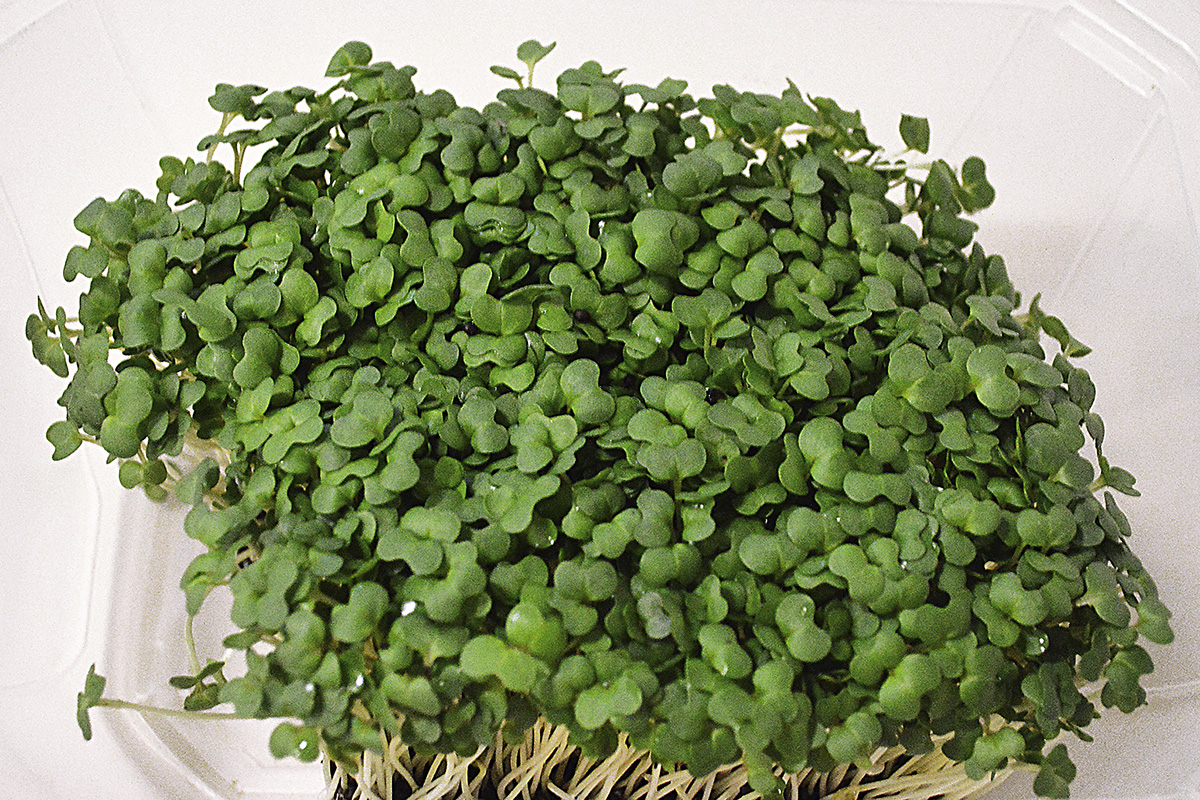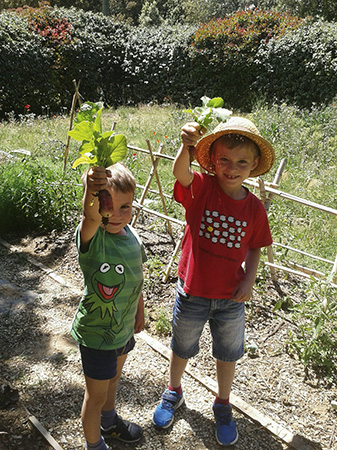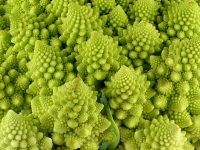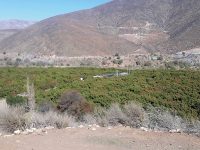
The growing concern for changes that arise as a consequence of human activity and development was addressed by Mètode in 2001 in a monograph with a very suggestive title: Does the dream city exist? This issue reflected on what cities were and what they have become. The topic of vegetable gardens was also covered by the journal in 1999, with the monograph Valencian vegetable gardens. The end of a myth?, which reflected concerns regarding the disappearance of this landscape and proposed ways to recover this valuable cultural and living heritage. A heritage that brings so much to people’s lives. The familiar landscape of our immediate surroundings, from small private orchards to large farms, does not only consist of the space in which we move, but also of the peculiar seasonal smells of this environment: onion season, the time for composting, the time for burning straw… Each moment lets us breathe in a different smell.
«Vegetation and smells are the roots that shape our particular landscape»
Vegetation and smells are the roots that shape our particular landscape, and one way of recovering these sensations is through urban and domestic vegetable gardens. That is why we decided to make a brief manual to help you get a great variety of horticultural and edible plants starting from seeds and enjoy them with your five senses. We have chosen this activity for Mètode to respond to people who read the journal or come to the Botanical Garden and are interested in starting their own vegetable garden. This small garden can be seasonal: it is not necessary to embark on an annual production, since the advantage of these crops is that we can choose the season and look for the right conditions so they can germinate and bear fruit.
First of all, we have to choose and select the seeds of the plants we want. Nowadays, high quality seeds of many horticultural plants can be obtained in an innumerable number of shops. Some seeds are so tiny that it is hard to believe that they can be as productive as a tomato plant full of tomatoes.
Obtaining a seedling from a seed can sometimes be complicated if not done properly. Once the plants are ready, they must be transplanted to the cultivation soil (in the case of urban gardens) or to pots. To complete this process successfully, there are a few steps that we will explain below.
ACTIVITY: CREATING A PLANT NURSERY TRAY
Materials:
- shallow plastic trays
- seeds (tomatoes, eggplants, peppers, radishes, etc.)
- substrate
- non-chlorinated water
- pots
Type of substrate
We need the appropriate substrate for our seeds, since this is the base where they will germinate. We have to make a mixture with the necessary nutrients to prepare a suitable bed for seeds. Seedlings are fragile and have little strength to penetrate the soil; therefore, it is good to put a light soil mixture that is not too compact. To obtain a suitable substrate, you can use the following mixing manual:
- Universal substrate: a mix of peat-based soil. It is what we find in gardening stores. It has low aeration and medium water retention, the supply of nutrients is also low and so it is recommended to fertilise it before growing something (especially in the case of vegetables, since they have more nutritional needs than flowers).
- Coconut fiber: a mixture elaborated with coconut remains. It has quite high aeration and water retention. It is light and provides few nutrients, so we always have to mix it with manure, compost, or vermicompost.
- Peat moss: has great water and nutrient retention capacity, in addition to good aeration, but its pH is excessively acidic and provides few nutrients.
- Compost: it is the result of the process of decomposition of organic matter into inorganic matter; its aeration and water retention capacity is correct. It provides nutrients and can therefore be used to fertilise the mixture.
- Sand, perlite, or vermiculite: these are very loose soils that favour aeration and permeability, as long as the sand is from a river and does not contain clay. Vermiculite consists of mica and feldspar, which do not retain water.
Procedure:
First of all, to prepare the nursery, we will take a tray and make several holes so that the excess water can drain away. We will fill it with the substrate mixture that we have prepared (for example, a mixture of universal substrate with coconut fibre or vermiculite, and also a little compost to fertilise) and we will smooth the surface a little without compacting the substrate.

Educational Unit of the Botanical Garden of the UV
Secondly, we spread the seeds on the tray superficially: if they sink too deep they may not be able to reach the surface. Then, we sprinkle them (preferably with a sprayer so that the substrate is not stirred and to prevent seeds from sinking too deeply).
Once the seedlings appear, they can be left in the sowing tray until they reach an appropriate size. When the time comes, we will transplant them into a different container, such as a pot or a growing board, or directly into the soil.
We have to keep the tray always moist – without flooding it – because if the seedlings dry out, they will die. The first few days it is best to keep them in the shade, even in the dark. Once the seedlings appear, we have to provide them with sunlight but never directly because it could dry them out.
Good luck and have a good harvest!





